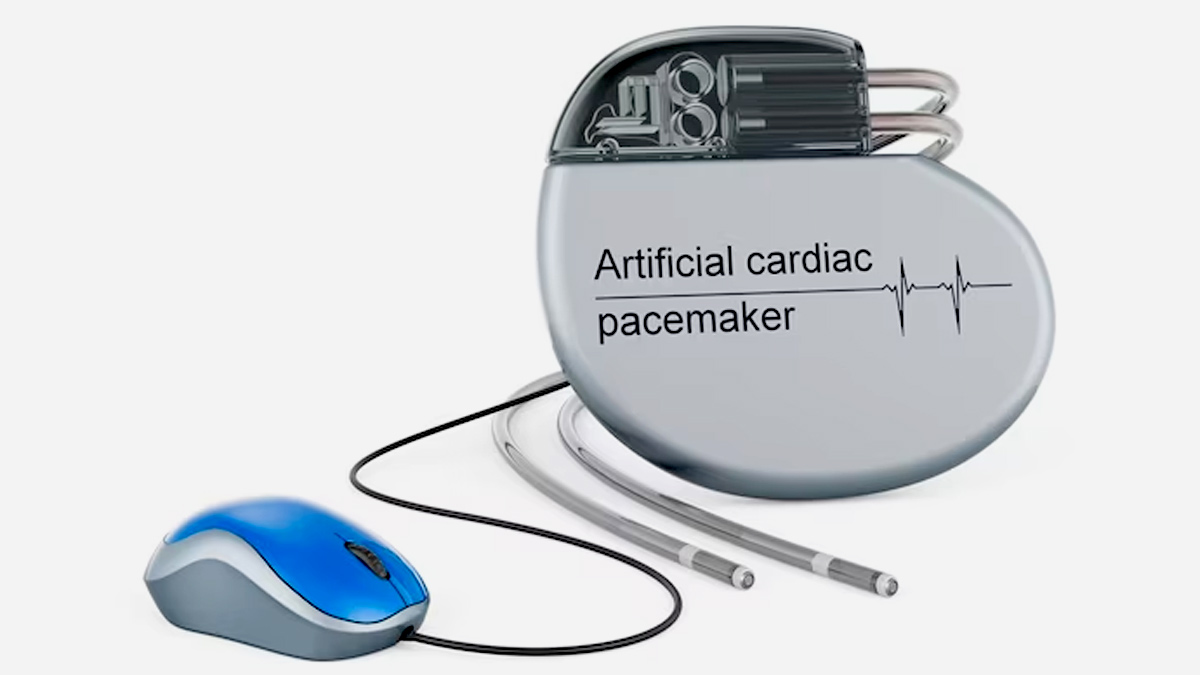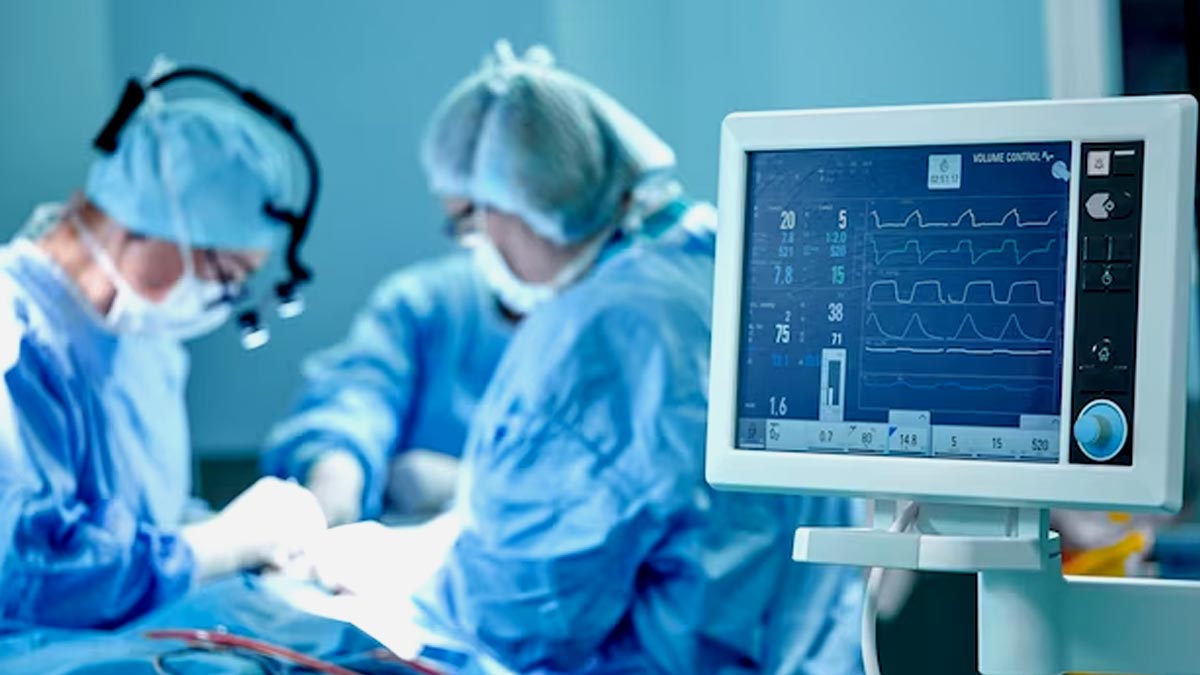True Story | 74YO Nairobi Patient Overcomes Pacemaker Infection With 5 Surgeries


In 2012, John K (name withheld on request) received a pacemaker implant in his heart. Fast forward to January 2022, 74-year-old John underwent the pacemaker battery replacement surgery at a local hospital in Nairobi, Kenya. Unfortunately, complications arose as he developed a severe infection at the operation site. For the uninitiated, pacemaker is a compact electronic device that is surgically implanted in the chest or abdomen. Its purpose is to address certain irregular heart rhythms (arrhythmias) that may lead to a slow heartbeat or missed beats. Additionally, certain pacemakers can assist in synchronising the heart’s chambers for optimal functionality.
John, who had been dealing with high blood pressure for nearly four decades, explains, “The infection caused swelling and intense pain. Despite multiple rounds of antibiotics, the infection persisted and proved to be resistant to treatment. Consequently, my doctor referred me to the Asian Heart Institute in Mumbai, India. I travelled to India and was admitted to the facility, where the first, most complex procedure, the extraction, was successfully carried out.”
After consulting with a team of senior heart specialists at the Asian Heart Institute, it was decided that John’s pacemaker infection needed a series of procedures. This involved completely removing the pacemaker generator and the dual wires connected to his heart muscle.
Also Read: Living With A Pacemaker: Important Checklist For Those With A Pacemaker
The procedure was quite challenging because the pacemaker was sticking out of the skin, and the wires had become tangled with John’s blood vessels and heart tissue. This made the operation even more complicated, and the medical team had to carefully navigate through these difficulties.

5 Surgeries Saved His Life
In total, John underwent five consecutive procedures as part of his treatment.
“We followed a step-by-step approach in John’s treatment. Firstly, temporary pacing was used to ensure his heart kept beating while we removed the entire infected pacemaker. We allowed a period of 10-12 days for John to regain mobility. We also had to wait for the pacemaker infection site to heal, which took another couple of days. Afterwards, we implanted a new pacemaker known as CRT-P below his right side collarbone. This pacemaker not only helps in maintaining heart rate but also improves the heart pumping function. It was chosen as this patient’s heart pumping was low,” said Dr Santosh Kumar Dora, senior cardiologist & electrophysiologist, Asian Heart Institute.
Also Read: Is Your Heart In Good Shape? 5 Important Tests That Can Tell You
Since the infection had caused damage to the skin, plastic surgery was performed by Dr Samir Ahire, senior consultant, cosmetic surgery who reconstructed the infected area.

John stayed in the hospital for around a month. He first spent time in the ICU, where he received dedicated care from Dr Vijay DSilva, senior intensivist and the director of critical care. After that, John moved to the general ward for a few more days before being discharged.
“I found Dr Dora to be highly patient and dedicated. He was supported by other doctors who specialised in handling the infection. Throughout my stay, the care I received was exceptional. The doctors demonstrated their expertise and dedication, while the nursing team ensured my comfort to the best of their abilities,” said John.
John thanked the doctors and hospital staff for the outstanding care. For a person approaching his eighties, this surgical procedure was indeed a crucial step. With Dr Dora and his team’s expertise, the patient is now doing fine and living a healthy life.
